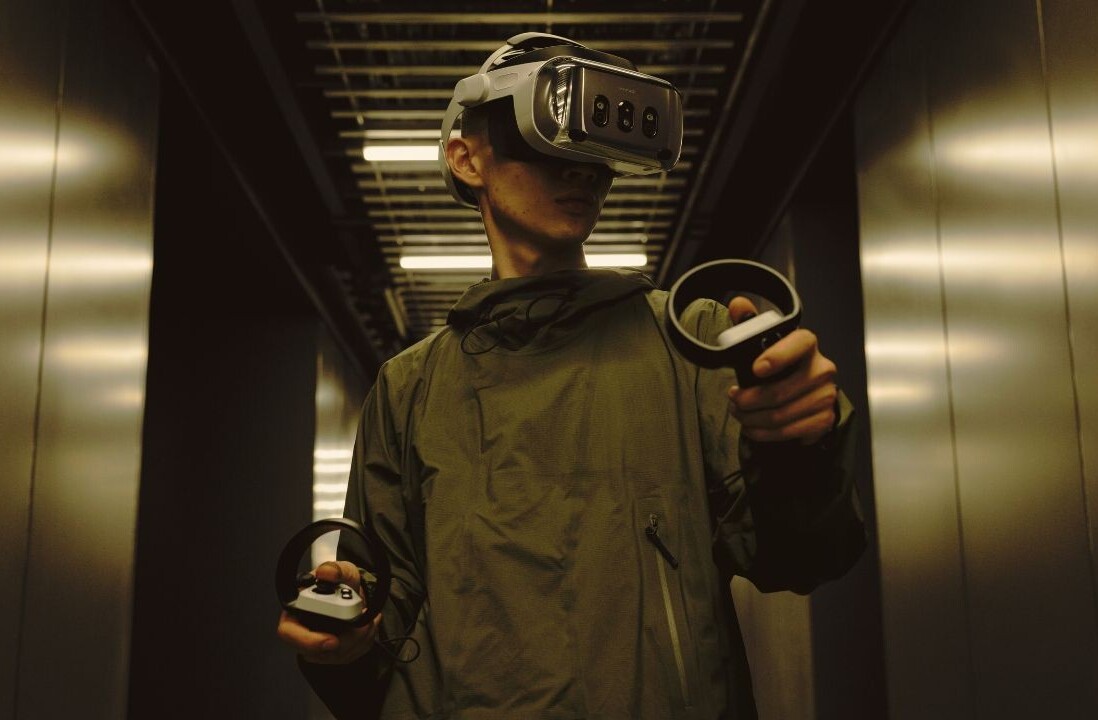
The Apple Watch’s wrist detection and pulse measurement features often fail to work when confronted by dark tattoos.
Michael Lovell made the video below illustrating the problem and a Reddit user called Guinne55fan flagged up the same issues.
Reddit also produced an explanation about why the technique used by Apple – pulse oximetry – leads the device to end up befuddled by beautiful body art and not simply darker skin in general:
I asked Dr Sijung Hu, Leader of the Photonics Engineering and Health Technology Research Group at Loughborough University’s School of Electronic, Electrical and Systems Engineering, whether Reddit’s theory made sense. He says it does and expanded upon it:
I’ve noticed this kind of issue has arisen from companies (fashion/smartwatch manufacturers) and some clinical professionals (research and routine monitoring). Such issues are caused by present smart devices are basically down to a lack of understanding about opto-physiological interaction (Hu, S.; Azorin-Peris, V.; Zheng, J. Opto-physiological modeling applied to photoplethysmographic cardiovascular assessment. J. Heal. Eng. 2009, 4, 505–528).
There needs to be an available ‘spectrum window’ to effectively catch the pulsatile change of capillary/peripheral blood vessels in different wavelength illuminations to minimise the impact of ethnical background, melanin etc. We have successfully developed a new opto-electronic sensor/probe to overcome the present challenge.
At the moment many developers/manufacturers are merely considering the existing photoplethysmography (PPG was created in 1930s and the pulse oximetry was initialised in 1970) as directly applied to detect absorption spectra responses for oxygenated hemoglobin (HbO2) and deoxygenated hemoglobin (Hb). That limits their functionality and performance.”
So there you have it. Apple needs some make some tweaks to the method it uses, and Dr Hu has some technology he’s willing licence…
Read next: Here’s One Reason you Don’t Want an Apple Watch Sport
Get the TNW newsletter
Get the most important tech news in your inbox each week.




